Are you one of the many individuals struggling with flat feet while trying to find the perfect workout shoes? If so, you’re not alone! Flat feet can present unique challenges when it comes to exercise, but the right footwear can make all the difference. In this comprehensive guide, we’ll dive deep into the intricacies of choosing workout shoes for flat feet, backed by real-world experiences, case studies, expert recommendations, and valuable tips. Let’s embark on this journey to find your perfect pair!
Understanding Flat Feet
Flat feet, or pes planus, is a common condition characterized by the absence of the normal arch in the foot. This can lead to excessive pronation, where the foot rolls inward excessively. The consequences of flat feet can include pain in the feet, ankles, knees, and even the hips and lower back. According to a study published in the Journal of Foot and Ankle Research, about 20% of the population suffers from flat feet, affecting both men and women.
Why Choosing the Right Shoes Matters
Choosing the right workout shoes can significantly influence your comfort, performance, and overall health. The correct shoes can help correct posture, reduce pain, and provide adequate support during your workouts. Here are some reasons why selecting suitable footwear for flat feet is essential:
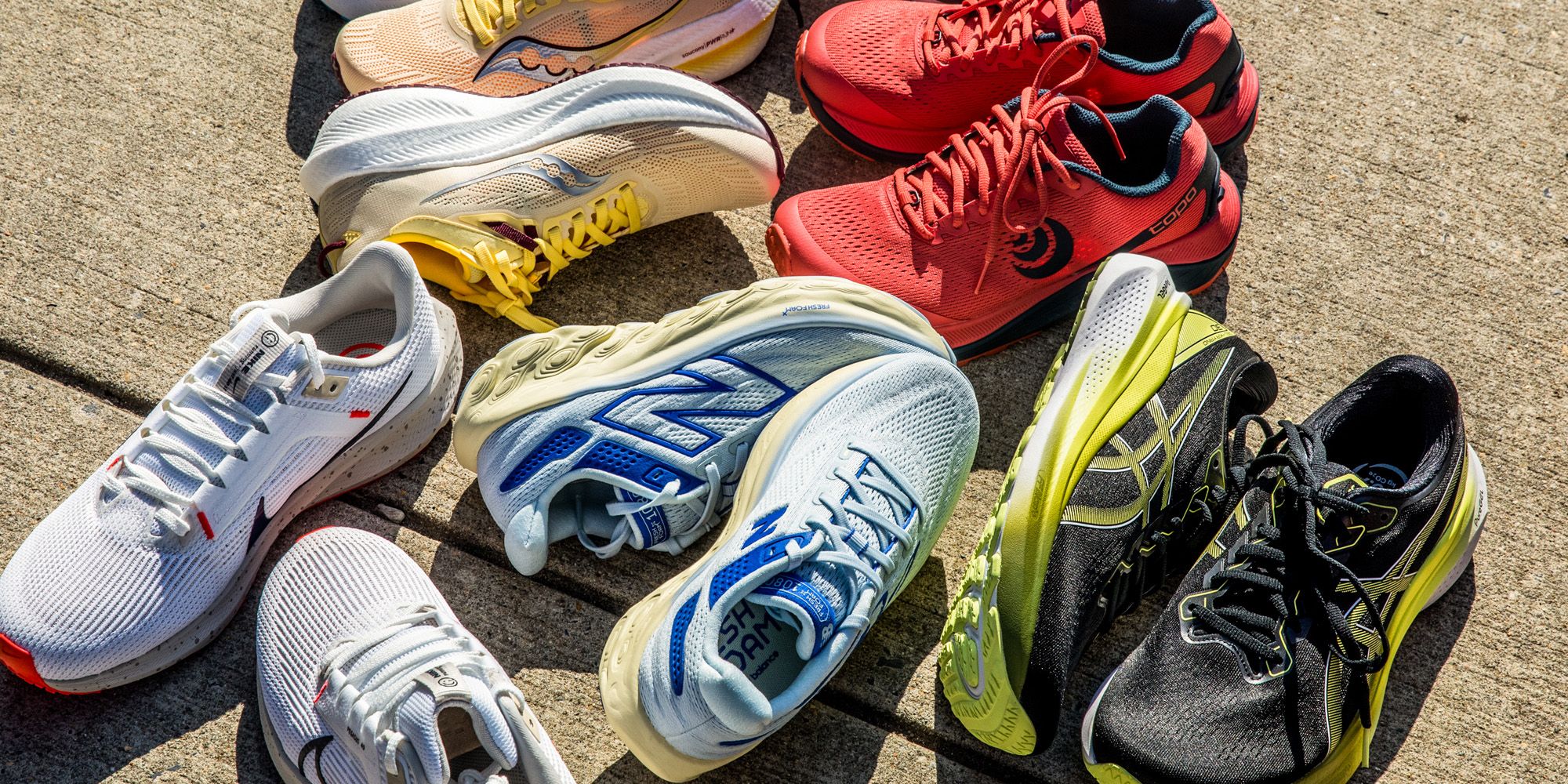
- Support: Flat feet require shoes that offer ample arch support to help stabilize the foot.
- Shock Absorption: Proper footwear can help reduce the impact on your feet and joints when exercising.
- Alignment: The right shoes can ensure that your feet remain in proper alignment, reducing the risk of injury.
Features to Look for in Workout Shoes for Flat Feet

1. Arch Support
For individuals with flat feet, adequate arch support is non-negotiable. Look for shoes that provide built-in arch support or have the option to add orthotic inserts. A solid arch can help prevent the foot from rolling inwards, which is crucial for comfort during workouts.
2. Stability
Stability shoes are often recommended for flat-footed individuals. These shoes are structured to offer more support, particularly around the heel and midsole, helping to control motion while running or exercising. They help maintain proper alignment and reduce the risk of overpronation.
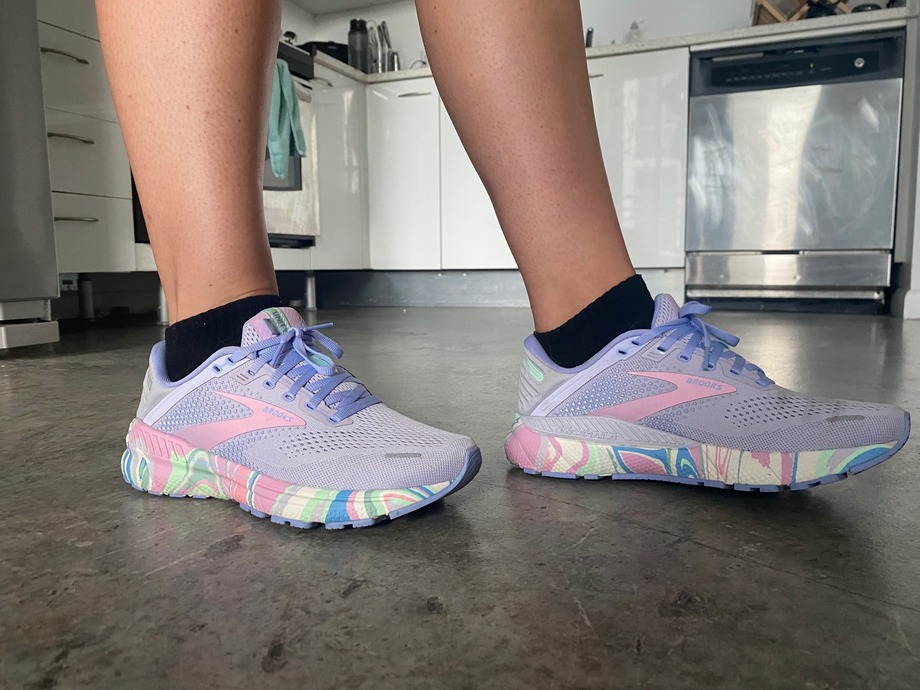
3. Cushioning
Good cushioning is vital for shock absorption, especially if you engage in high-impact workouts. Look for shoes that have ample cushioning in the midsole, which helps distribute weight evenly and provides comfort during exercising.
4. Flexibility
While stability is essential, flexibility should not be overlooked. Your shoes should flex at the toes, mimicking the natural movement of your foot. Balance is key when selecting the ideal workout shoes.
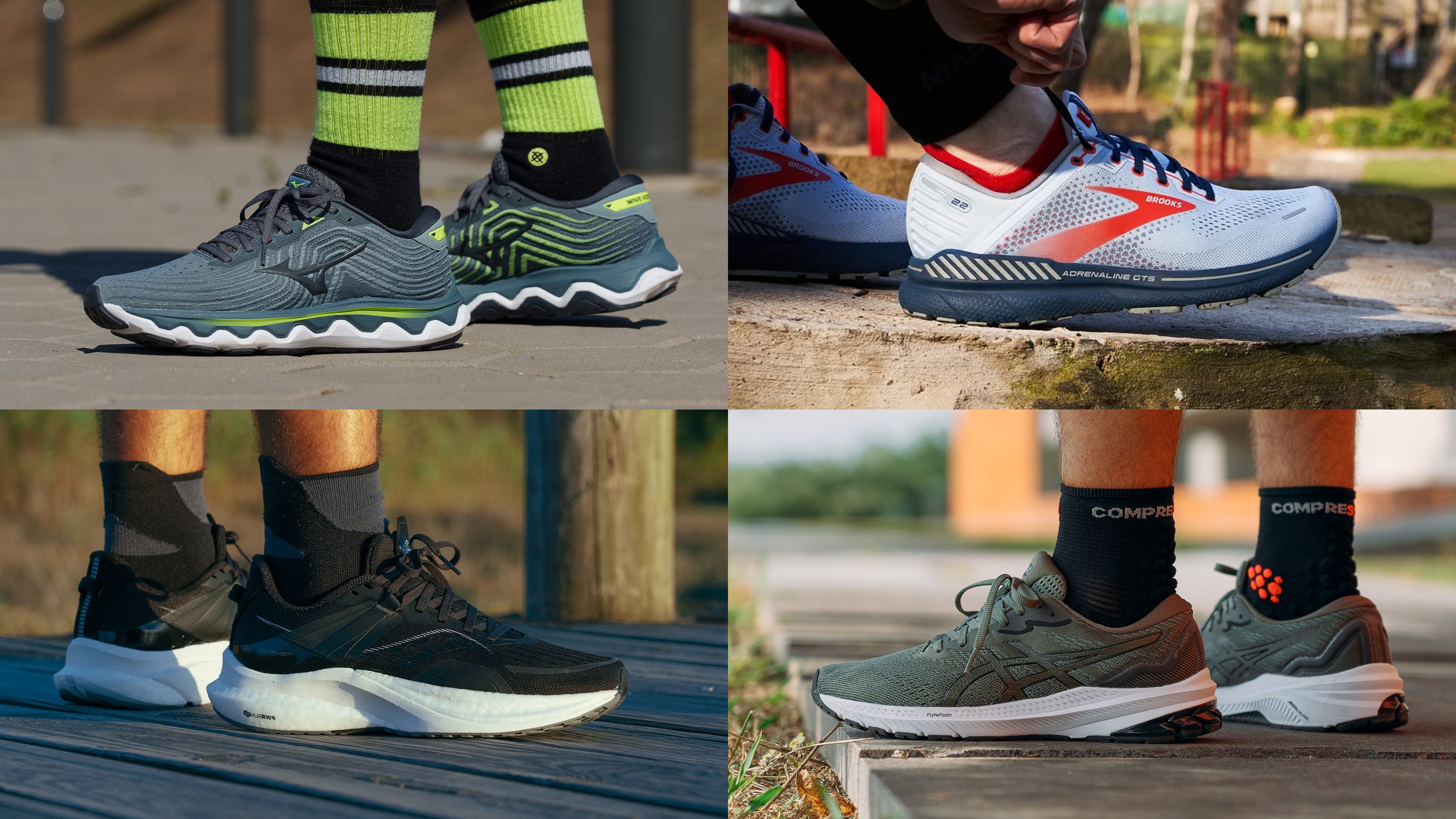
5. Breathability
Breathable materials allow air to circulate within the shoe, reducing moisture buildup and keeping your feet cool during workouts. Look for shoes with mesh uppers or moisture-wicking fabrics.
Real-World Experiences with Workout Shoes for Flat Feet
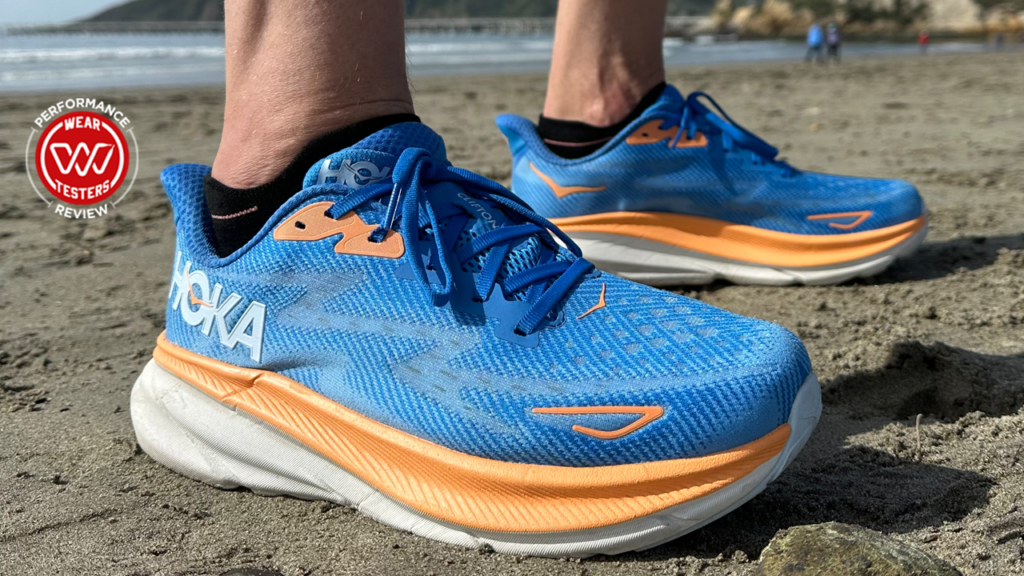
Finding the right workout shoes for flat feet often involves trial and error. Here are a few real-world experiences shared by individuals who have navigated this journey, showcasing the importance of personal fit and comfort.
Case Study 1: Sarah’s Journey
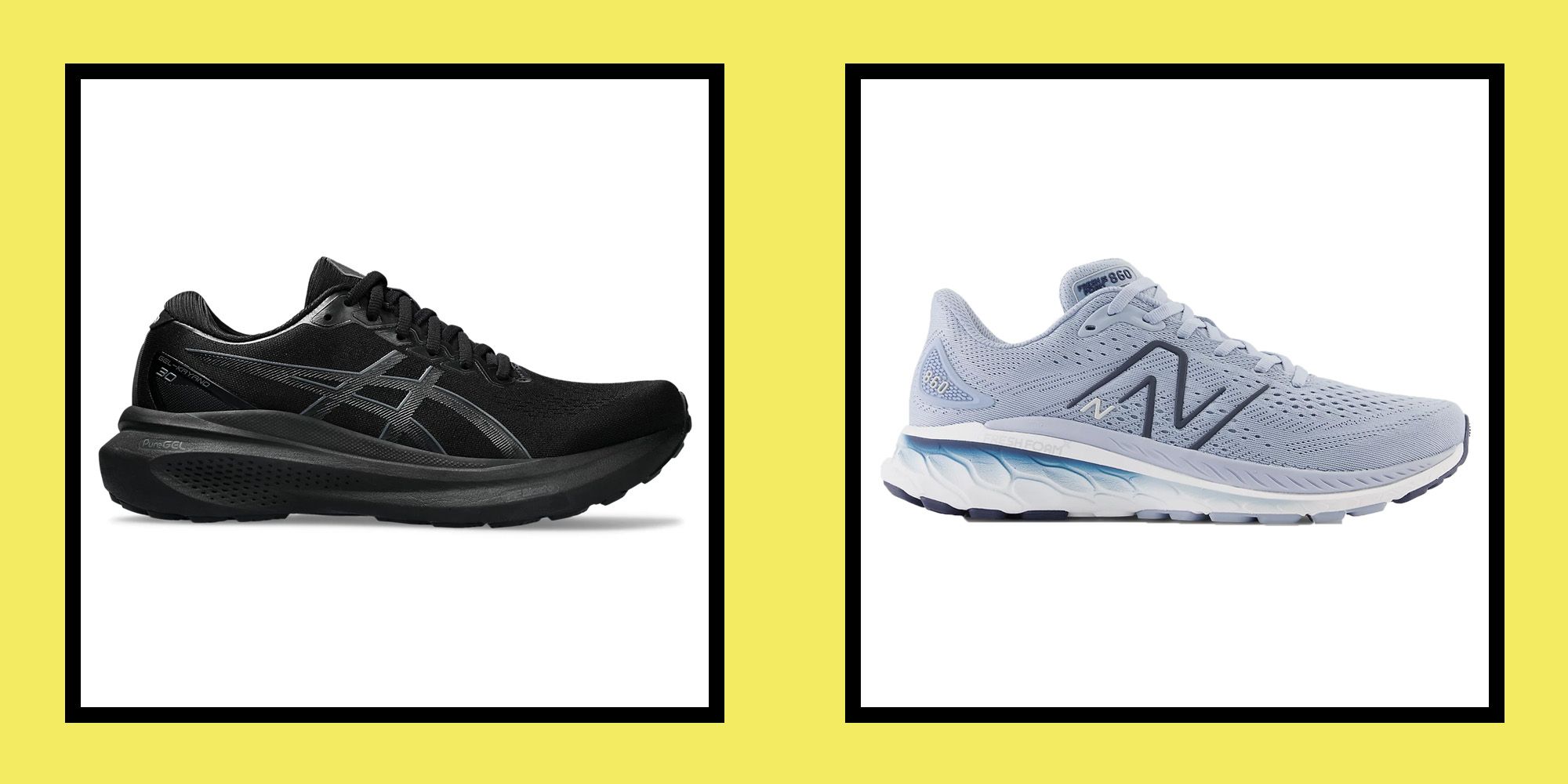
Sarah, a dedicated runner, struggled with foot pain and discomfort during her training. After consulting with a podiatrist, she learned about her flat feet and the need for supportive footwear. Sarah opted for the Brooks Adrenaline GTS series, which offered exceptional arch support and stability. With these shoes, she was able to run longer distances pain-free, ultimately achieving her marathon goal.
Case Study 2: Michael’s CrossFit Experience
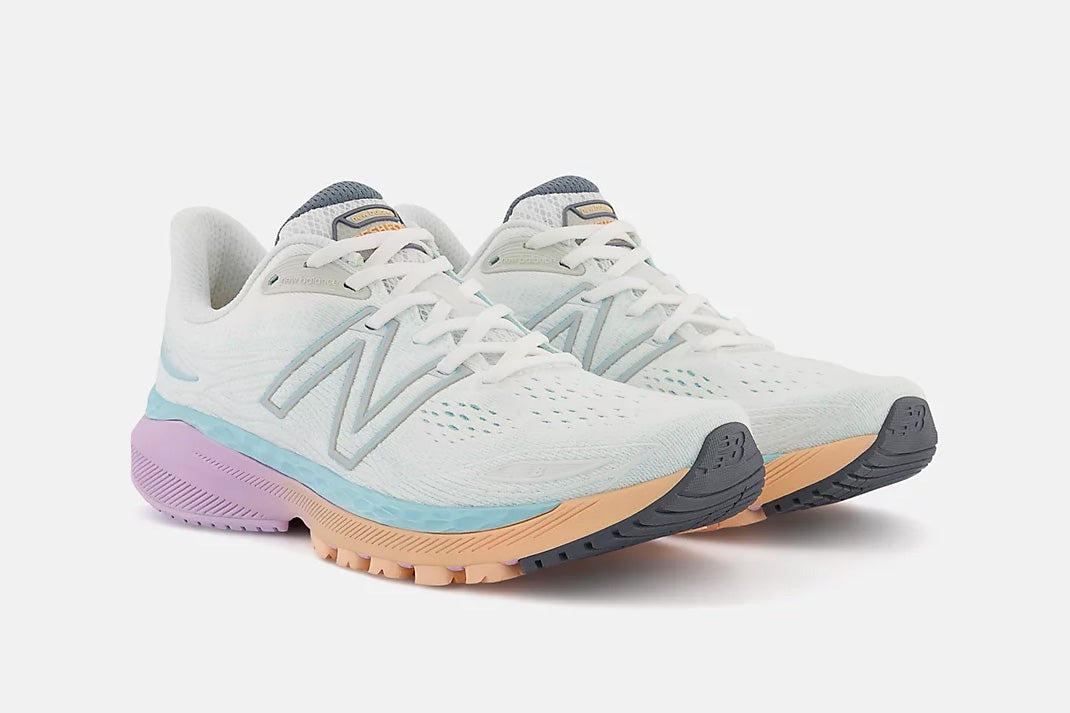
Michael, a CrossFit enthusiast, faced challenges with lateral movements and high-impact exercises due to his flat feet. He switched to the Asics Gel-Kayano, which provided the necessary cushioning and support. Michael noted a significant improvement in his performance, especially during squats and jumps.
Top Workout Shoes for Flat Feet
To help you navigate the myriad of options available, we’ve compiled a list of some of the best workout shoes designed specifically for flat feet.
Comparison Table of Top Workout Shoes for Flat Feet
| Brand & Model | Arch Support | Cushioning | Stability | Price |
|---|---|---|---|---|
| Brooks Adrenaline GTS 22 | High | Moderate | Excellent | $140 |
| Asics Gel-Kayano 28 | Moderate | High | Great | $160 |
| New Balance Fresh Foam 860v11 | High | Moderate | Good | $130 |
| Hoka One One Arahi 6 | High | High | Excellent | $150 |
| Saucony Guide 14 | Moderate | Moderate | Good | $140 |
Pros and Cons of Workout Shoes for Flat Feet
Pros
- Improved Comfort: Specialized shoes can alleviate pain and improve comfort during workouts.
- Reduced Risk of Injury: The right support can lower the risk of common injuries associated with flat feet.
- Enhanced Performance: Proper footwear can help you perform better in your chosen activities.
Cons
- Cost: Quality shoes for flat feet often come at a premium price.
- Finding the Right Fit: The right shoes can take time to find, requiring trials and returns.
- Limited Styles: Some may find that options for fashionable workout shoes in supportive styles are limited.
Tips for Choosing Workout Shoes for Flat Feet
1. Get Measured
Before purchasing, get your feet measured at a local shoe store. Knowing your size, width, and arch type can significantly impact your choice of footwear.
2. Try Before You Buy
Always try on shoes with the socks you plan to use during workouts. Walk around, and if possible, do a light jog in the store to test comfort and fit.
3. Consult a Professional
If you’re experiencing pain, consider consulting a podiatrist or footwear specialist. They can guide you toward the best options for your feet.
4. Consider Custom Orthotics
In some cases, custom orthotics may be necessary. If a standard shoe doesn’t provide enough support, having orthotics made can ensure the best fit.
5. Read Reviews
Utilize online reviews and recommendations from fellow flat-footed individuals. Experiences from others can be invaluable in making your decision.
Frequently Asked Questions (FAQs)
1. What type of shoe is best for flat feet?
The best type of shoe for flat feet typically includes good arch support, cushioning, and stability to prevent overpronation. Stability shoes are often recommended.
2. Do I need special inserts for flat feet?
If you don’t find enough support from standard shoes, custom orthotic inserts can help improve comfort and alignment.
3. Can I wear running shoes for other workouts?
Yes, running shoes designed for flat feet can often be used for various types of workouts, including gym sessions and CrossFit, provided they offer adequate support.
4. How often should I replace my workout shoes?
It’s recommended to replace workout shoes every 300-500 miles or every 6-12 months, depending on use and wear. Look out for signs of wear like flattened cushioning and discomfort.
5. Are there fashionable options for flat feet shoes?
Yes! Many brands are now designing stylish options that include the necessary support for flat feet, so you don’t have to compromise on style.
6. Can flat feet lead to other health issues?
Yes, flat feet can contribute to various health issues, including plantar fasciitis, shin splints, and knee pain due to improper alignment and support.
7. Do I need to spend a lot on flat feet shoes?
High-quality shoes for flat feet may be more expensive, but investing in proper support can save you from future pain and injury, making it worthwhile.
8. Can I form flat feet as an adult?
Yes, flat feet can develop into adulthood due to various factors such as injury, aging, or weight gain. It’s essential to address any discomfort or issues with appropriate footwear.
9. What are the signs my shoes are too old?
Signs include visible wear on the sole, loss of cushioning, discomfort during workouts, and changes in foot alignment or pain.
Final Thoughts
Choosing the right workout shoes for flat feet is not just about comfort; it’s a crucial step towards ensuring you enjoy your fitness journey free from pain and injury. By considering the features that support flat feet, exploring real-world experiences, and following the tips outlined in this guide, you can find the perfect pair that meets your needs. Don’t hesitate to invest in your health and comfort – after all, your feet carry you through every step of your fitness journey!